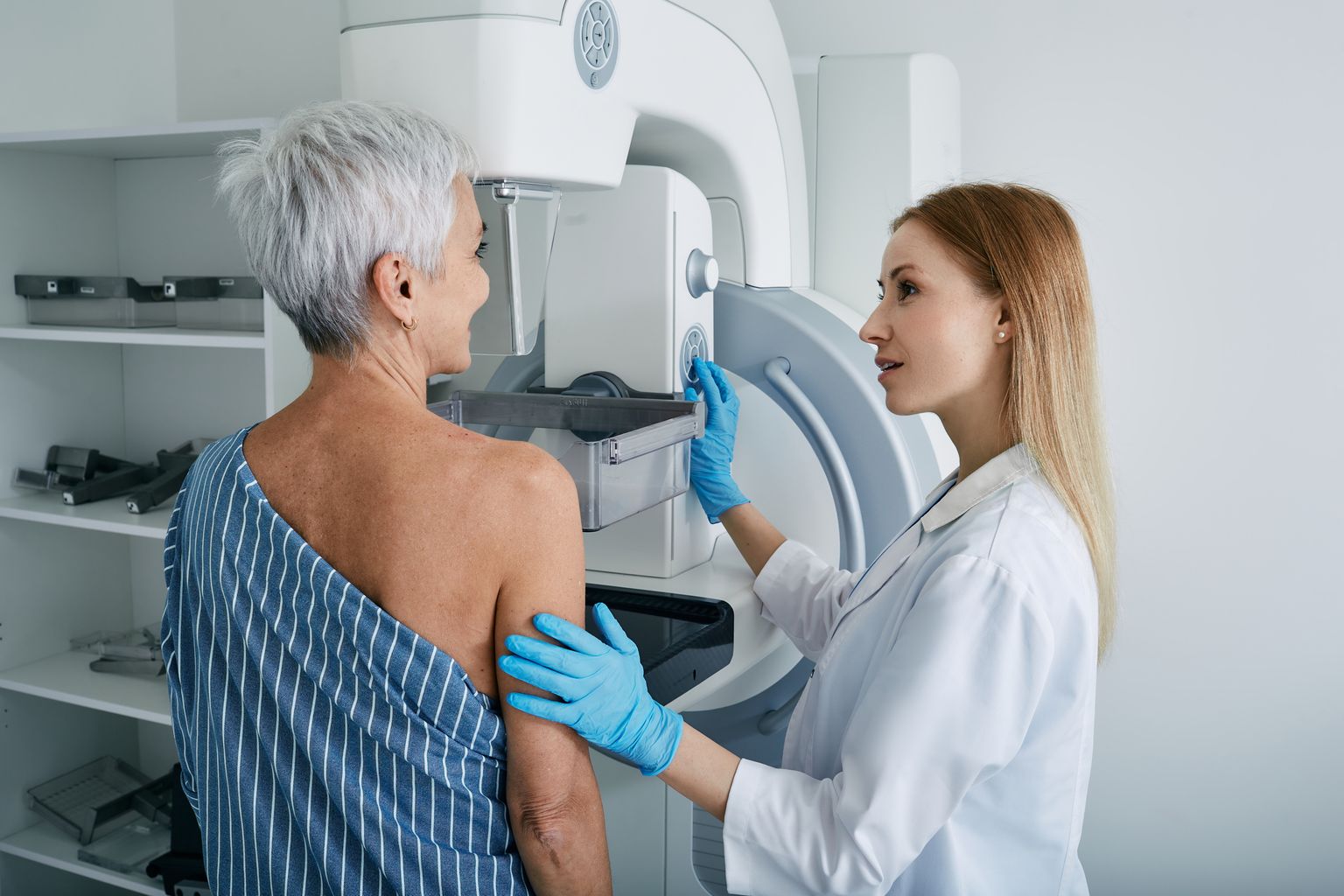Breast cancer treatment is usually multimodal. It usually consists of drug therapy, radiotherapy and surgery.
If breast cancer is detected early and treated according to the latest medical standards, most cases of breast cancer can be cured. Five years after a breast cancer diagnosis, around 87% of those affected are still alive. However, with many breast cancers, local recurrences or metastases must be expected even after a longer period of time, which often makes long-term treatment necessary.
In any case, complete destruction of the tumor is necessary (e.g. through chemotherapy or surgery) in order to cure breast cancer permanently. This is best achieved with a small tumor and if the tumor has not yet formed metastases in the body. Even despite treatment, breast cancer forms metastases in around 20% of patients. In around 7 % of patients, these tumors are already present at the time of initial diagnosis. If metastases are present, a complete cure - i.e. the complete removal of all tumor cells from the body - is unfortunately not possible with the current treatment options.
Surgery
The aim of surgery is always to completely remove the tumor with a tumor-free resection margin (R0) of the surrounding tissue. Breast-conserving therapy (BET) with subsequent radiotherapy is on a par with complete removal of the breast in terms of overall survival. This form of therapy can therefore currently be offered to around 70% of patients.
Adjuvant radiotherapy
Post-operative radiotherapy is used to prevent local recurrences. After breast-conserving therapy (BET), adjuvant radiotherapy should always be carried out to prevent recurrences.
Adjuvant drug therapy
Micrometastases can be destroyed by adjuvant drug treatment using cytostatics or specific drugs against oestrogen and growth factors. This significantly increases patients' chances of recovery. Unfortunately, almost a third of patients still suffer a relapse of the disease (recurrence).
Treatment of advanced stages of the disease
Palliative therapy for patients with distant metastases should contribute to the long-term stabilization of physical and mental well-being. Cytostatic drugs or oestrogen receptor blockers are used for this purpose. In around 20 - 30 % of all breast cancer patients, distant metastases occur as part of the disease. These distant metastases prevent a complete cure of breast cancer according to the current state of medicine.





